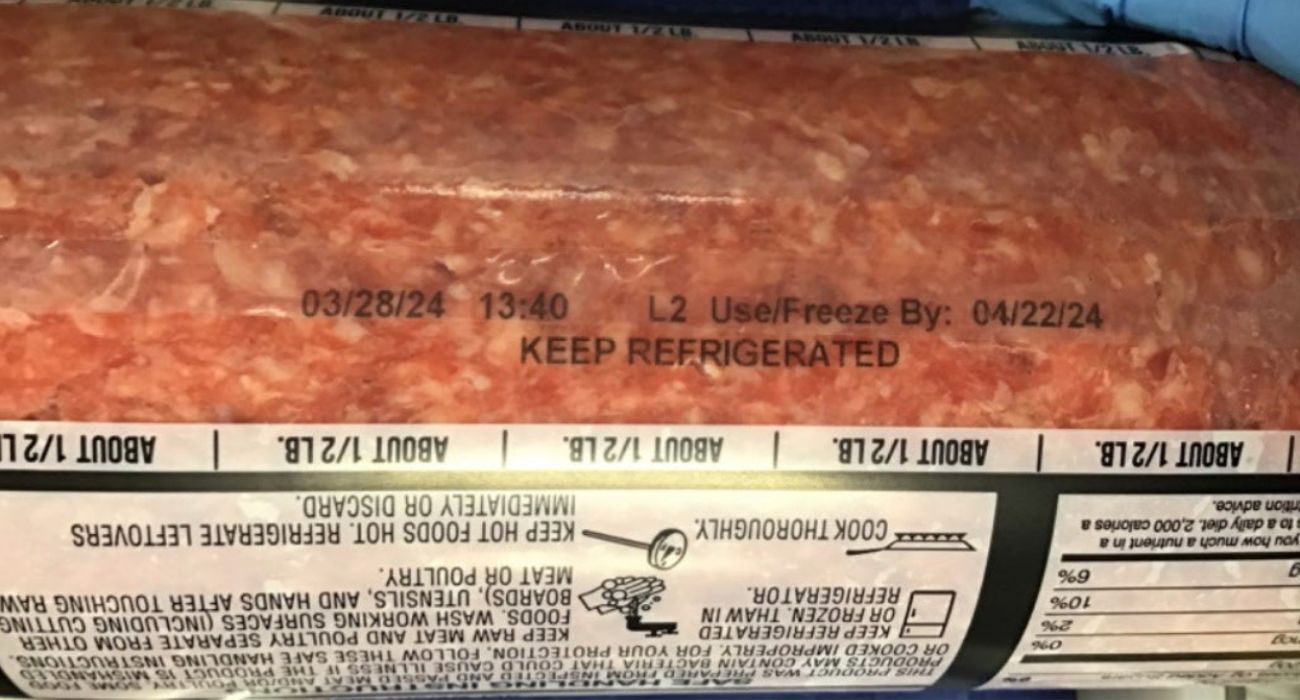A case of the West Nile virus (WNV) has been reported by Dallas County Health and Human Services (DCHHS), making it the first human case for 2022.
DCHHS will not release personal information about the patient to protect the individual’s privacy, but the person is a male resident of the 75219 zip code in Dallas.
Mosquitoes are known for transmitting the virus through their bites. Most people bitten by a mosquito that carries WNV will not know they have the virus because they do not present any symptoms.
However, about 20% of people will experience headaches, muscle and joint aches, fever, and fatigue.
About 1% of those who contract the virus could impact their nervous system. Individuals can experience stiffness in the neck, convulsions, paralysis, and even death.
“We are in the early stages of WNV season and must start thinking about the possible threat that West Nile Virus poses to our community as people go outside to enjoy outdoor activities,” said Dr. Philip Huang, director of DCHHS.
According to state officials, there were 112 WNV infections cases in the state in 2021. Last year, WNV claimed the lives of fourteen people in Texas. A total of 547 cases and sixty-one deaths have been recorded in Texas over the past 5 years.
Along with its announcement of the WNV case, DCHHS suggested measures that can be taken to avoid the virus. People are encouraged to wear long sleeves and pants while outside whenever possible.
They are also advised to wear insect repellent, such as an EPA-approved product like DEET, and limit the outdoor time when mosquitos are most active.
DCHHS additionally stated that standing water should be drained or dumped (from places like buckets, rain gutters, toys, tires, and trash cans) to avoid creating a place where mosquitoes can live and breed.
If someone suspects that they may have WNV, they should contact their primary care provider or the Texas State Health Department.






